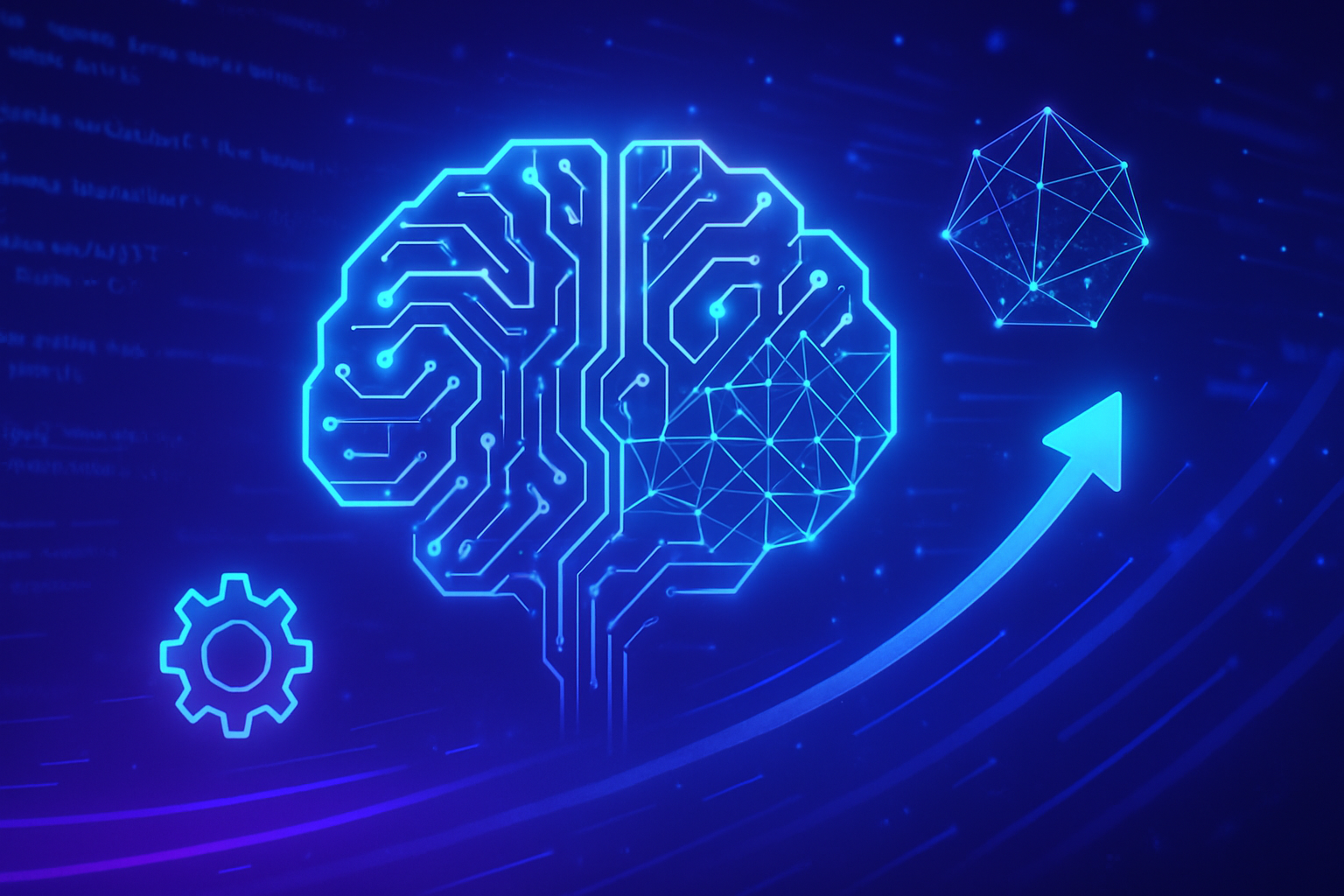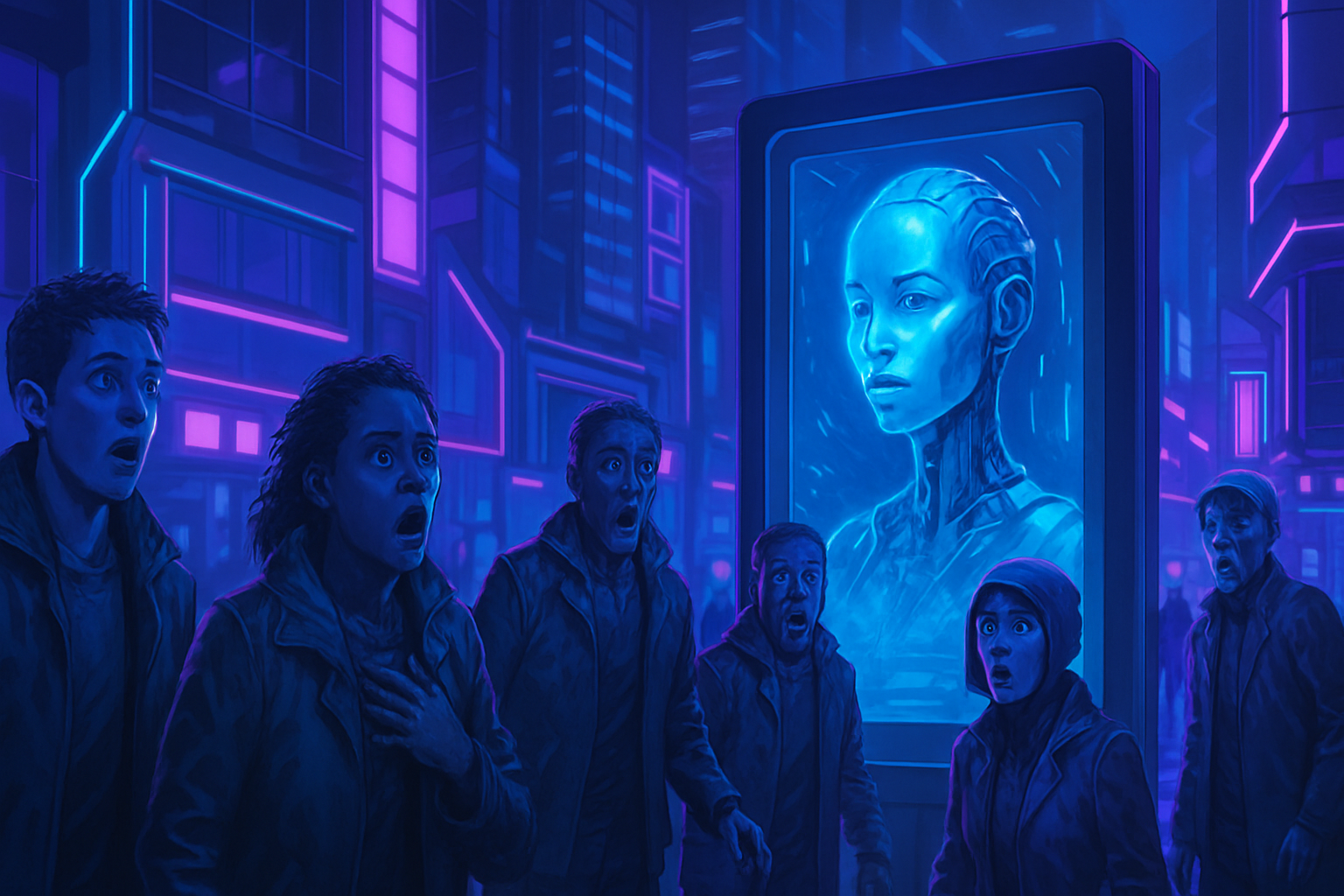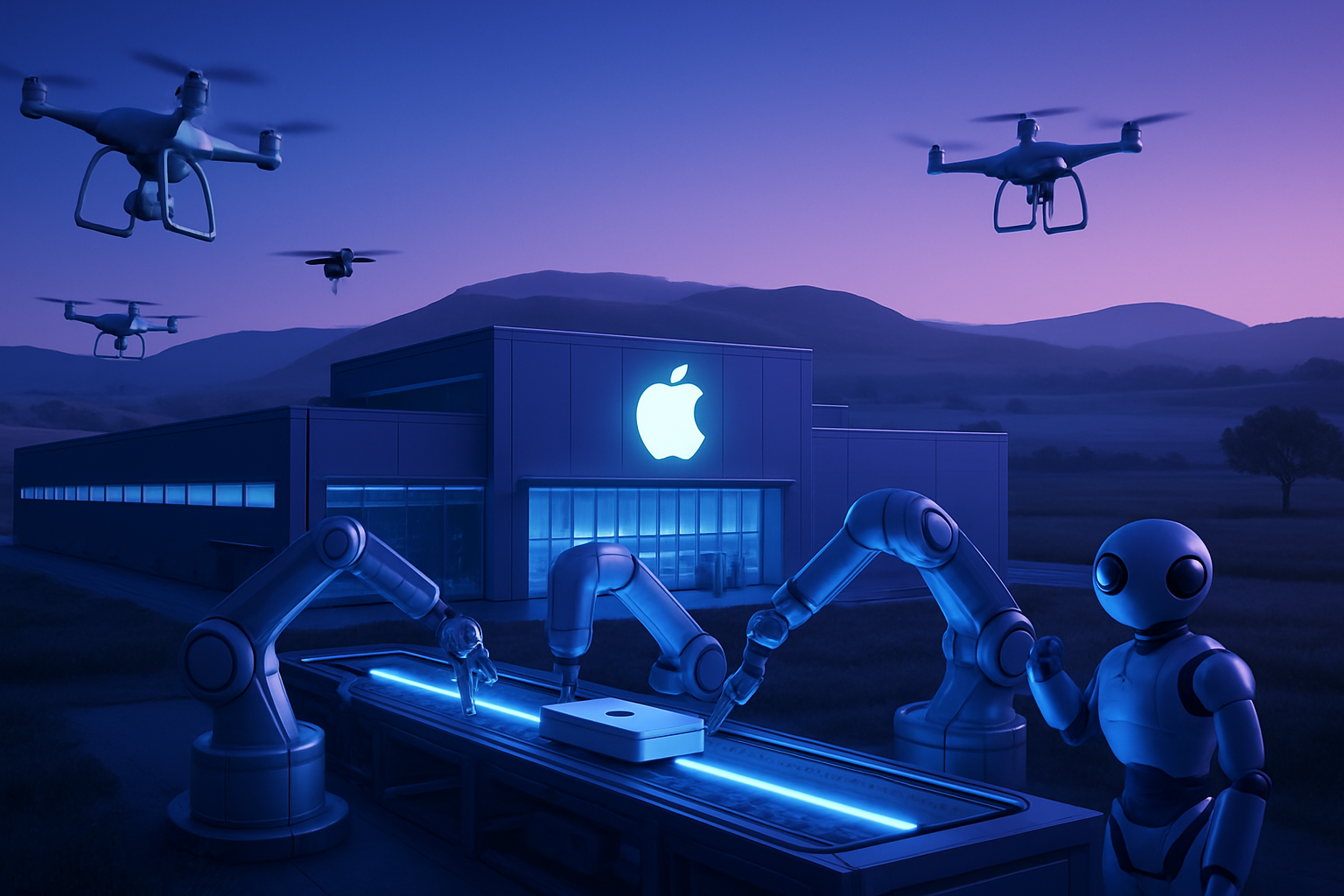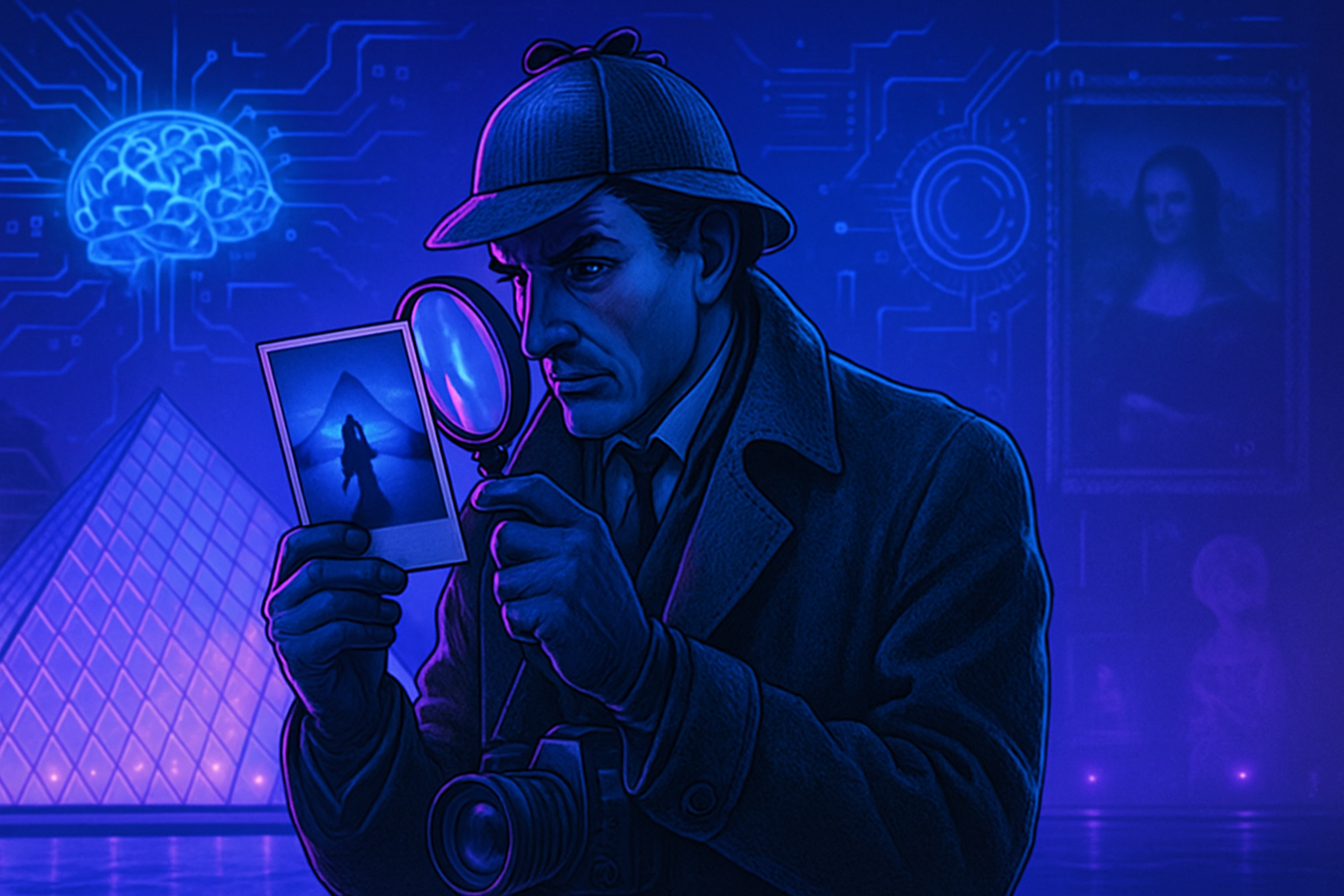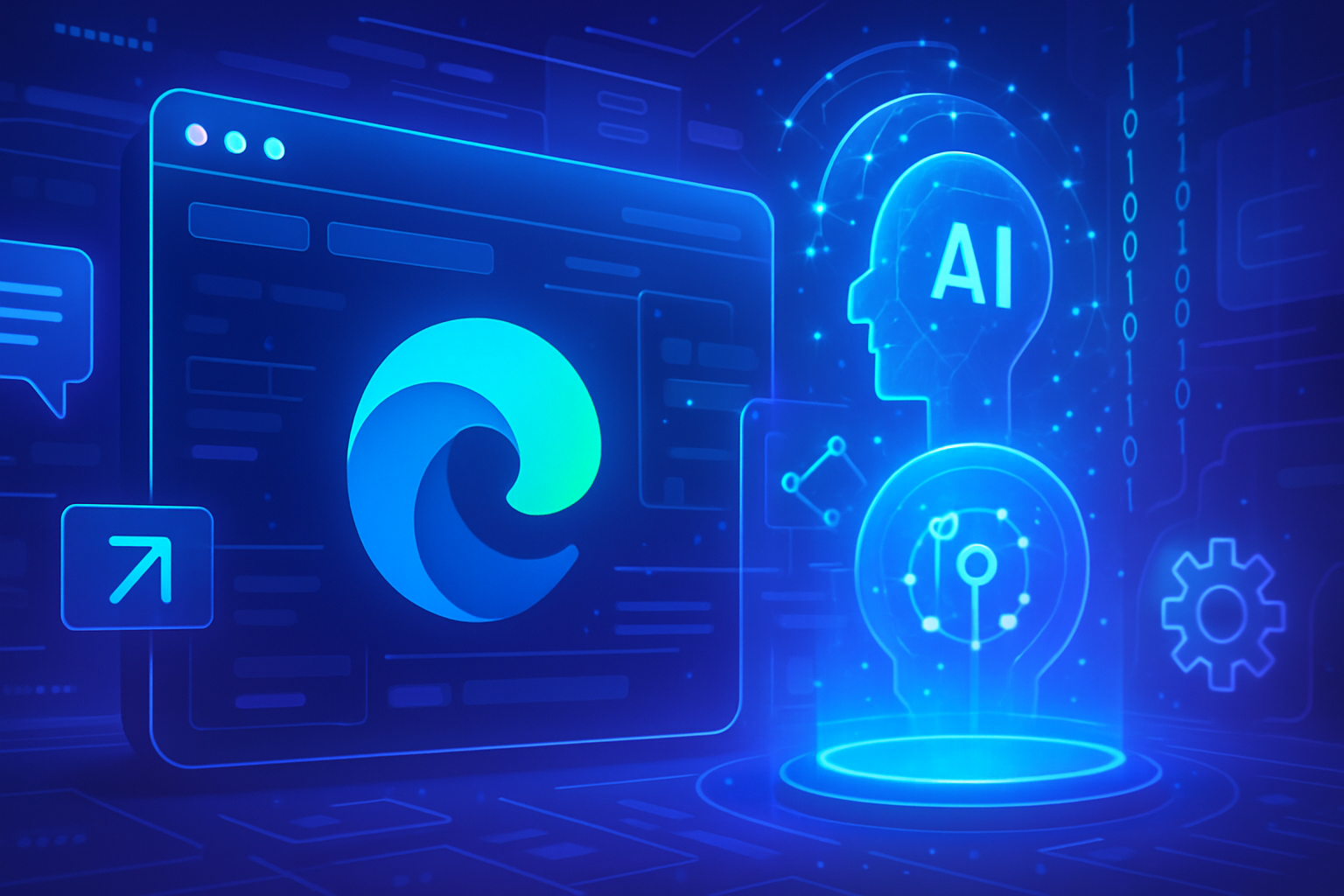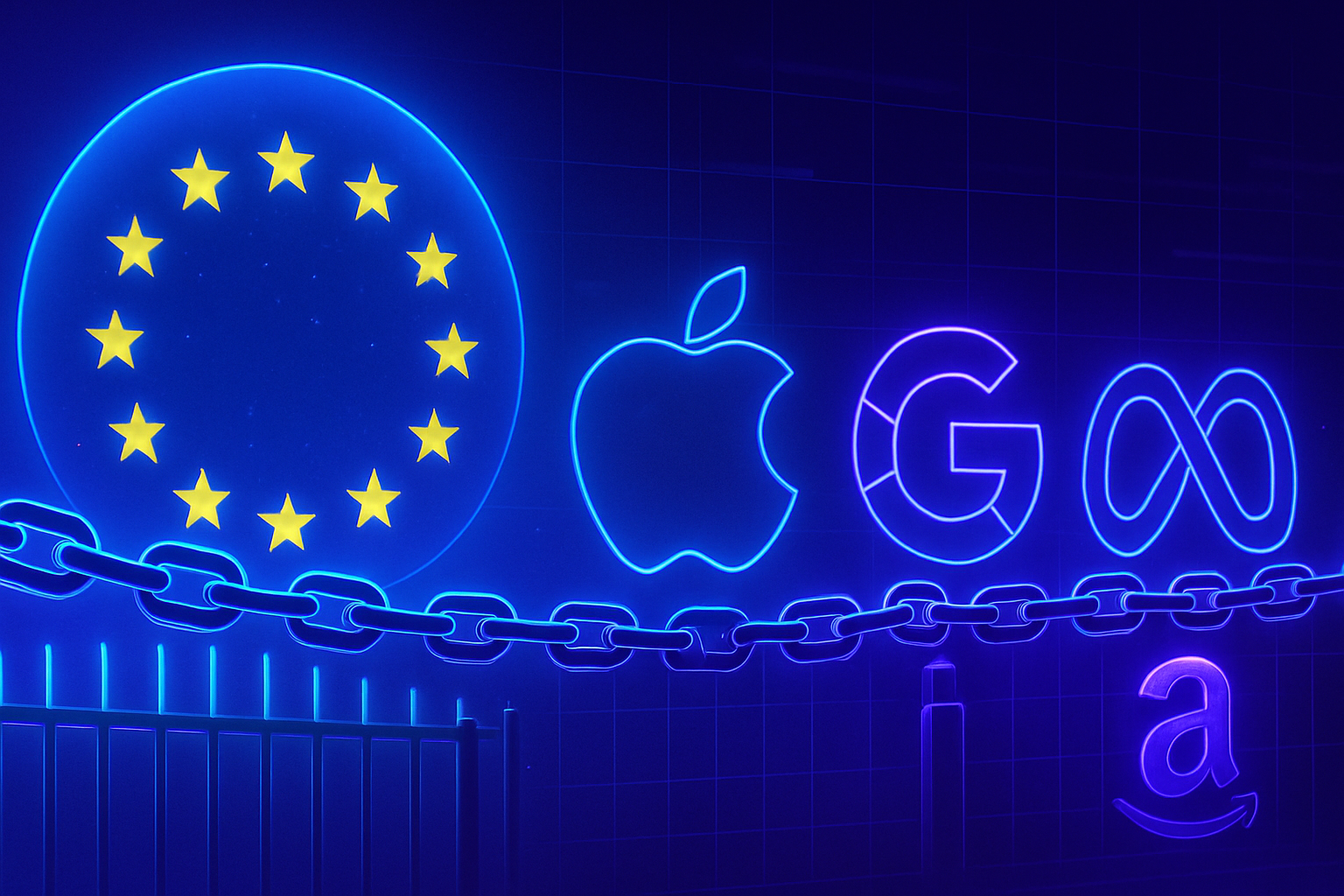OpenAI reveals its latest iteration of the language processing software, GPT-5, now accessible to everyone. This technological advancement embodies a significant improvement dynamic, offering unprecedented reliability and speed. Users will benefit from an *enriched interaction*, making every conversation a more authentic and relevant experience.
With GPT-5, the California-based company strives to reduce the errors and hallucinations frequently encountered in previous versions. The capabilities of this model, capable of generating code and responding to complex queries, offer an *expanded range of applications*. This evolutionary stage revolutionizes our conception of artificial intelligence, redefining the standards of human-machine interaction.
Introduction to GPT-5
OpenAI recently introduced GPT-5, the latest iteration of its language processing software, aimed at surpassing the performance of its predecessors. Sam Altman, the CEO of OpenAI, describes this version as offering a more enriching conversational experience and worthy of an expert, compared to the high school level associated with GPT-3.
Technological Advances
This new version promises to improve both reliability and execution speed, thus becoming more competent in handling complex issues. During its presentation, Altman expressed his astonishment at the considerable gap between GPT-5 and its predecessors, noting a change comparable to that observed with the transition to the Retina display on iPhones.
Reduction of Errors and Hallucinations
According to OpenAI, GPT-5 is designed to produce fewer errors and “hallucinations”, a flaw that frequently affected the previous model. Alex Beutel, head of safety research, notes that this model has been trained to be less “creative” when information is lacking, thereby reducing the risk of fabricating responses.
Enhanced Coding Capabilities
GPT-5 is also distinguished by its improved ability in generating computer code. OpenAI has demonstrated the software’s capability to produce over 600 lines of code in just a few seconds from simple instructions regarding a website project, illustrating the model’s speed and precision.
Accessibility and Use
Since its launch on August 7, GPT-5 has been accessible to all ChatGPT users. This deployment aims to enable a broad audience to experiment with the model’s new capabilities, thereby enhancing its integration into various application areas.
Industry Reactions
Experts and users are enthusiastic about the advances of GPT-5. Its growing reputation could influence future developments in artificial intelligence, prompting other companies to intensify their efforts to compete with OpenAI.
Challenges and Perspectives
OpenAI faces challenges regarding diminishing returns with its latest models, which compels the company to innovate constantly. The rapid evolution of user expectations necessitates frequent improvements, increasing the need to explore more advanced solutions.
To learn more about the implications of GPT-5 in the AI sector, you can refer to additional articles on these topics such as the impact of its arrival and the analysis of major advances in conversational intelligence.
Frequently Asked Questions
What are the main improvements of GPT-5 compared to GPT-4?
GPT-5 is designed to be more reliable, faster, and less prone to errors or “hallucinations”. It produces more accurate responses and has been trained to signal its limitations.
How does GPT-5 handle errors and hallucinations?
The new version has been specifically optimized to reduce errors and hallucinations, allowing for a more honest interaction with the user.
In what ways is GPT-5 better at generating computer code?
GPT-5 has shown an increased capacity to produce code in response to complex instructions, such as creating website projects, and can generate lines of code in a matter of seconds.
Who presented the new version of GPT-5 and what is their opinion?
Sam Altman, the CEO of OpenAI, presented GPT-5 and likened the user experience to conversing with an expert, whereas previous versions seemed more limited.
What is the launch date of GPT-5?
GPT-5 was officially launched on August 7 and is accessible to all users of the ChatGPT chatbot.
What types of applications can benefit from GPT-5?
Various applications such as chatbots, virtual assistants, and website development can greatly benefit from the improvements brought by GPT-5.
Does GPT-5 require technical skills to be used effectively?
No, GPT-5 is designed to be accessible to a broad audience, allowing users without technical skills to leverage its advanced capabilities.
How did OpenAI improve the speed of GPT-5?
OpenAI optimized the architecture and processing algorithms, enabling faster responses even on complex queries.
What are the ethical ramifications associated with the use of GPT-5?
Although GPT-5 is advanced, OpenAI is aware of the ethical implications and continues to explore safety protocols for responsible use of AI.
